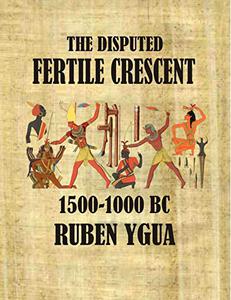 THE DISPUTED FERTILE CRESCENT by Ruben Ygua
THE DISPUTED FERTILE CRESCENT by Ruben YguaEnglish | June 15, 2019 | ISBN: 1074116097 | 78 pages | EPUB | 0.28 Mb
Hordes of Indo-European knights, known as Achaeans, invade Greece and the Aegean coasts. In Greece the celebration of the Eleusinian mysteries begins, an initiation rite possibly with bread and wine contaminated with the ergot fungus of rye. In Russia, arises the culture of Srubna, characterized by its wood graves, practiced agriculture and livestock, it is believed that they were the ancestors of the Cimmerians and appointments. Italy: In the Po Valley, the Sicels suffered the first attacks of Ligurian groups, the cities of Ravenna, Arimino and Ameria emerged, the Sicels moved towards the south of the peninsula. In Malta, fortified villages are organized in hills; there is an intense trade with Sicily, Italy and navigators of the east (Cretans?). India: the Vedic culture begins; the poets of the Indo-Aryan tribes compose the Rig-Veda, the oldest text in India. Cyprus: splendor of Alasiya as the main copper exporting centre, intense trade with Ugarit in Syria. Near East: new settlements and Moabite walled fortresses gradually emerge, forming a barrier for the Bedouins of the eastern desert steppes. In Israel: foundation of Acre. Asia: In the Shang dynasty of China there is evidence of the use of meteoric iron in Hopei. The writing is developed by means of pictographic ideograms, capable of transmitting complex ideas, always inscriptions on oracles of the bones, which can be shoulder blades of pigs, turtle shells and different bony parts of cattle, but also bronze containers. From southern China, people come to the Malay Peninsula with bronze metallurgical and rice cultivation techniques that meet the orang-asli of the forests. Silk appears in areas of Central Asia, northern Afghanistan, southern Tajikistan and Uzbekistan, no doubt from China.
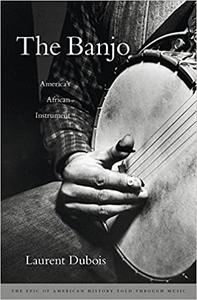


![S.T.A.L.K.E.R. 2 / STALKER 2: Heart of Chornobyl - Ultimate Edition (2024) [+UPDATE 23.12.2024 - v1.1.3] ElAmigos / Polska wersja językowa](https://i.postimg.cc/Zqd8RWGY/UZG8PBE.jpg)



































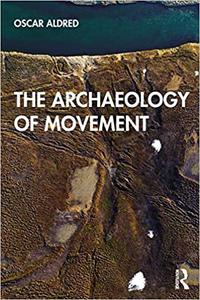
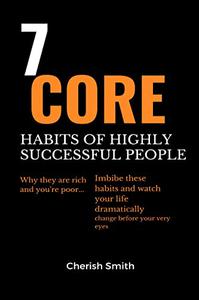





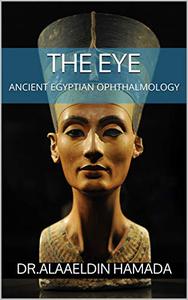








![David Gilmour - Luck and Strange (2024) [FLAC]](https://i.imgur.com/everaBc.jpeg)
![Męskie Granie Orkiestra - Męskie Granie 2024 (2024) [FLAC]](https://i.imgur.com/FAyOxrM.jpeg)
![The Rolling Stones - Hackney Diamonds (2023) [FLAC]](https://i.imgur.com/wCkyyUN.jpg)
![Lady Gaga - Harlequin (2024) [FLAC]](https://i.imgur.com/dcgIA8D.jpeg)
![Natalia Kukulska - Dobrostan (2024) [FLAC]](https://i.imgur.com/bdljG3O.jpeg)
![Kaśka Sochacka - Ta druga (2024) [FLAC]](https://i.imgur.com/hORQKvn.jpeg)
![Kuba Sienkiewicz - Pani Bóg (2024) [FLAC]](https://i.imgur.com/qijCx8Z.jpeg)
![Lanberry - Heca (2024) [FLAC]](https://i.imgur.com/8P7QfeR.jpeg)
![Sara James - PLAYHOUSE (2024) [FLAC]](https://i.imgur.com/m4f8OKg.jpeg)
![Grzegorz Hyży - EPILOG (2024) [FLAC]](https://i.imgur.com/8DA2sBr.jpeg)
![Myslovitz - WIECZORAMI CHŁOPCY WYCHODZĄ NA ULICE (2024) [FLAC]](https://i.imgur.com/l9mMtIG.jpeg)
![Krzysztof Zalewski - ZGŁOWY (2024) [FLAC]](https://i.imgur.com/vh48RAc.jpeg)
![Krzysztof Cugowski - Wiek to tylko liczba (2024) [FLAC]](https://i.imgur.com/SBzgqe2.jpeg)
![Nosowska - Kasia i Błażej (2024) [FLAC]](https://i.imgur.com/mObvVXQ.jpeg)
![sanah - Pianinkowe Kaprysy (2024) [FLAC]](https://i.imgur.com/pVjjPAa.jpeg)
![Kwiat Jabłoni - Pokaz slajdów (2023) [FLAC]](https://i.imgur.com/diERHfZ.jpg)
![Robert Cichy - Spacer po Warszawie (2024) [FLAC]](https://i.imgur.com/ixleU9o.jpeg)
![Viki Gabor - Terminal 3 (2024) [FLAC]](https://i.imgur.com/Q1KCnDs.jpeg)
![Sanah - Kaprysy (2024) [FLAC]](https://i.imgur.com/71OZm4h.jpeg)
![Męskie Granie Orkiestra - Męskie Granie 2023 (2023) [FLAC]](https://i.imgur.com/U4YHo8d.jpg)




